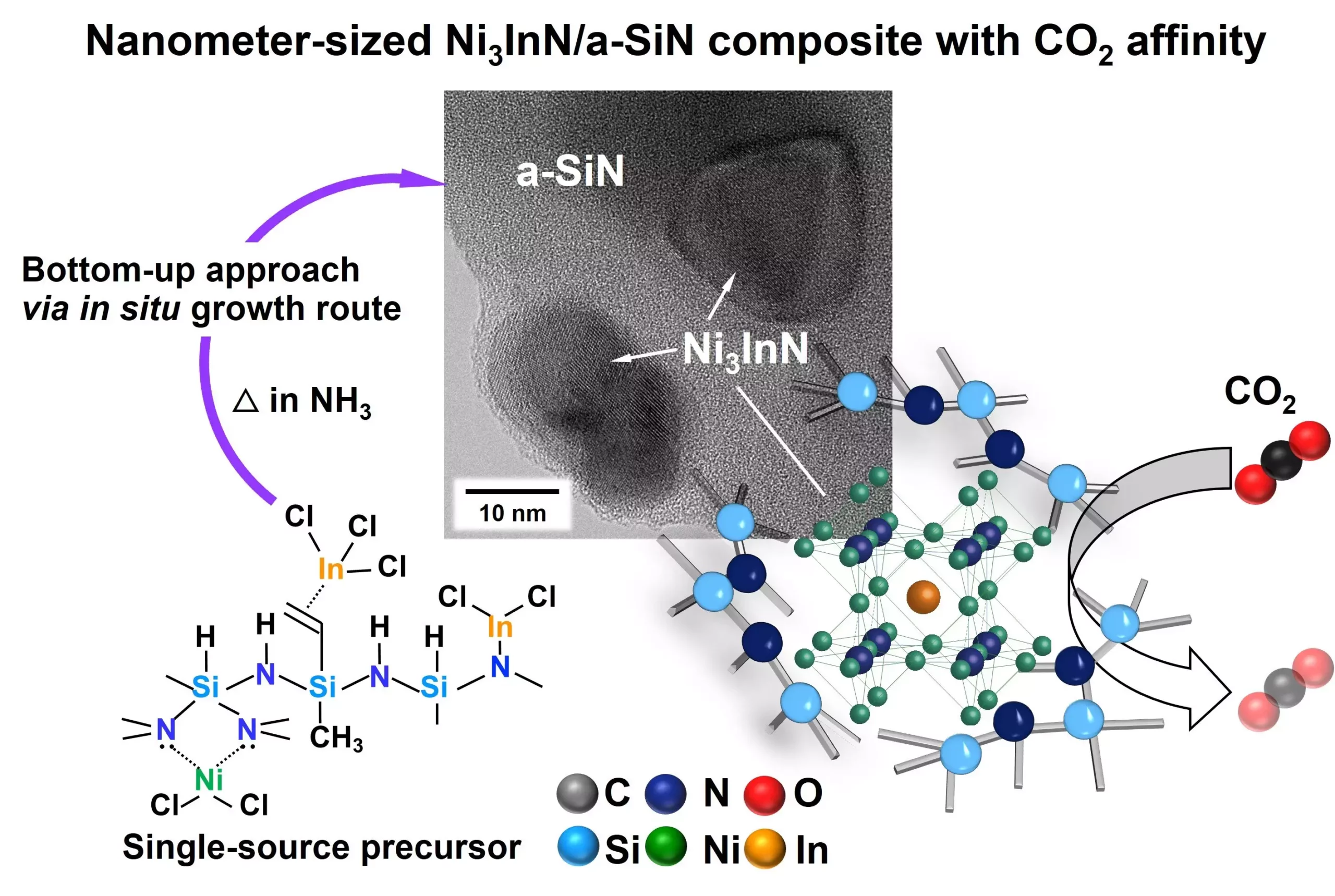While the spotlight often shines on perovskites for their remarkable capabilities, anti-perovskites should not be overlooked as equally potent players in material science. These compounds, structurally reminiscent of their perovskite counterparts yet possessing an inverted electrical configuration, present a tantalizing array of properties, including negative thermal expansion, ionic conductivity, and superconductivity. Despite this promise, the synthesis challenges for nanosized anti-perovskite materials have stymied their broader application, especially in the realm of catalysis.
Challenges of Synthesis
The inherent complexities involved in effectively synthesizing anti-perovskite materials act as a barrier to their potential use. Current methods often yield inconsistent results, leading to difficulties in achieving the desired material properties. This challenges researchers and industries aiming to utilize these compounds in practical applications, particularly those requiring high-performance catalysts. The quest for effective synthesis techniques remains an avenue demanding exploration, given the material’s tantalizing prospects.
Innovative Approaches at Nagoya Institute of Technology
In a notable breakthrough, a research collaboration spearheaded by Professor Yuji Iwamoto at the Nagoya Institute of Technology has unveiled a promising synthesis method tailored specifically for nitride-based anti-perovskites. In a study published in the Journal of Materials Chemistry A, the team focuses on a method capable of yielding nanocomposite materials consisting of amorphous silicon nitride (a-SiN) embedded with nanometer-sized Ni3InN anti-perovskite crystals. Here, the “Polymer-Derived Ceramics” (PDCs) route comes into play, presenting a simple yet effective means of synthesizing these complex materials.
The Process: From Polysilazane to Nanocomposite
The synthesis begins with the modification of polysilazane—a silicon nitride precursor—by incorporating NiCl2 and InCl3. The subsequent pyrolysis under a controlled ammonia atmosphere at a modest temperature of 300 °C yields a-SiN matrices embedded with anti-perovskites in a singular process. This innovative method marks a significant advancement over previous strategies, showcasing the versatility of using multiple metal species.
According to Professor Iwamoto, this represented a significant leap from prior methodologies, where transition metal/a-SiN nanocomposites were developed through a less complex synthesis route. The current study’s focus on achieving a single-phase Ni3InN compound reflects the team’s systematic exploration into polysilazanes and their interactions, ultimately overcoming initial hurdles through careful manipulation of metal precursors.
A Potential Game Changer for Catalysis
The implications of these findings extend far beyond mere academic curiosity. The nanocomposite material produced through this synthesis is characterized by a highly microporous structure replete with interfaces between Ni3InN and a-SiN. These features are crucial, as they enhance the electronic characteristics of the anti-perovskite nanoparticles, thus optimizing their functionality. The successful demonstration of the a-SiN/Ni3InN composite’s ability to adsorb and desorb CO2 serves as proof of its potential in catalyzing small molecule transformations—an essential process in developing sustainable energy solutions.
Dr. Bernard underscores the promise of this composite in heterogeneous catalyst engineering. With its multifaceted metal composition, this material paves the way for new designs that could open doors to innovative catalytic functionalities, highlighting a significant step toward sustainably harnessing resources.
As the quest for effective and sustainable materials intensifies, the strides made through this research signify not just an academic milestone, but a vibrant pathway towards realizing the practical applications of anti-perovskites. This innovative synthesis method is a testament to the dynamic nature of material science, inspiring optimism for future advances that could integrate these revolutionary composites into various industrial applications. By embracing the challenges of synthesis, researchers are poised to unlock the vast potential of anti-perovskites, leading to groundbreaking changes in catalytic technology and beyond.


Leave a Reply